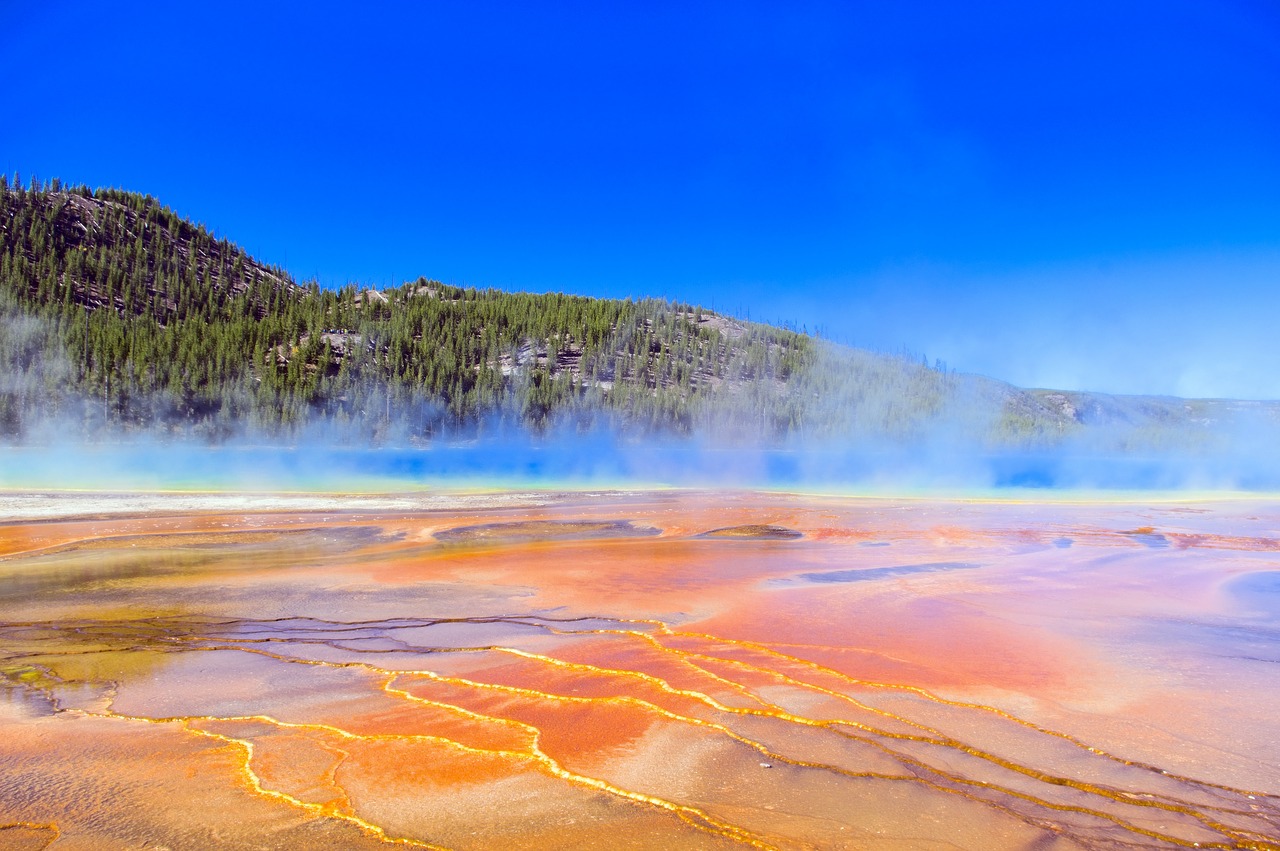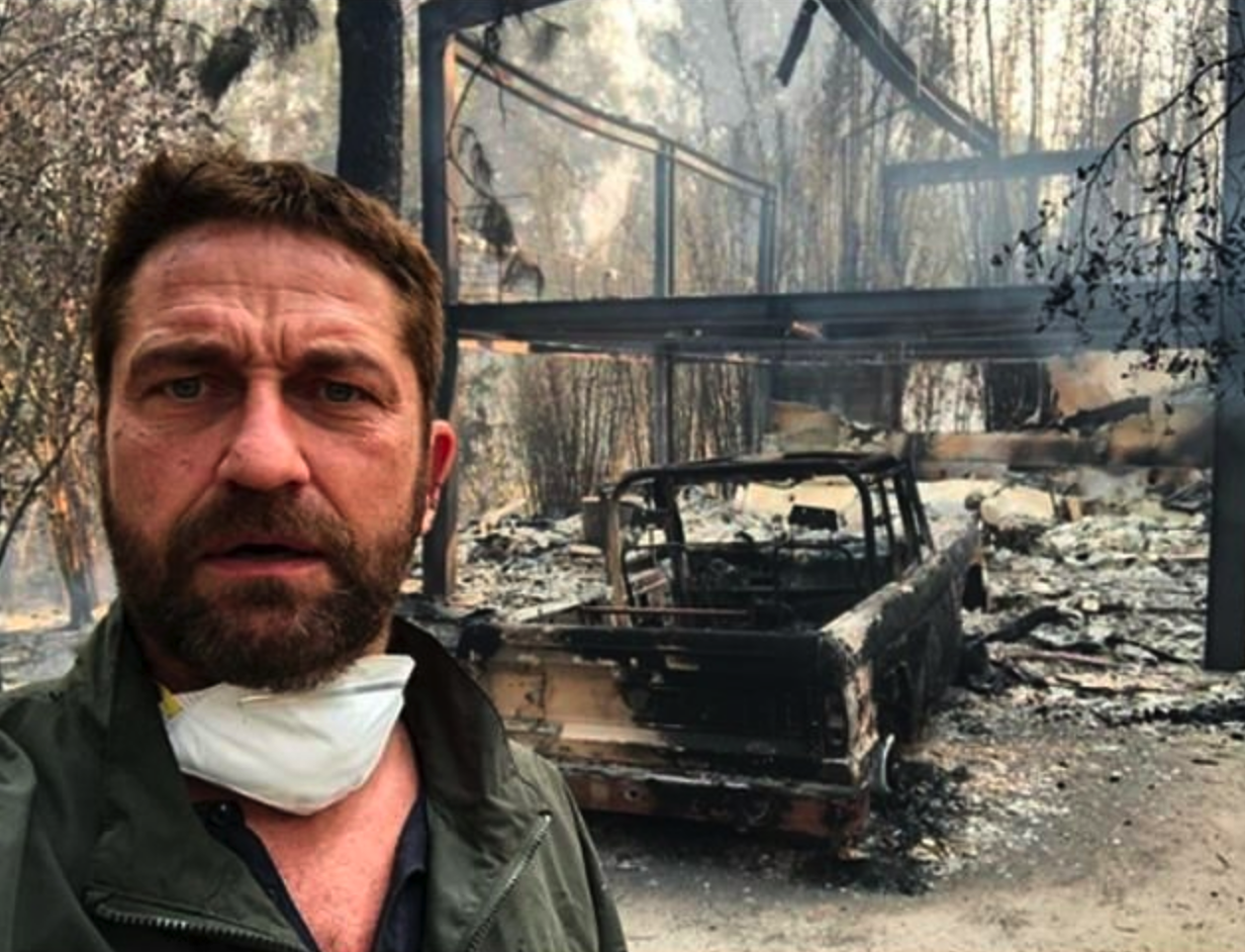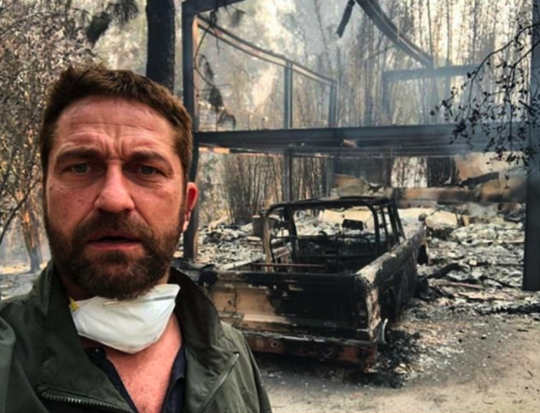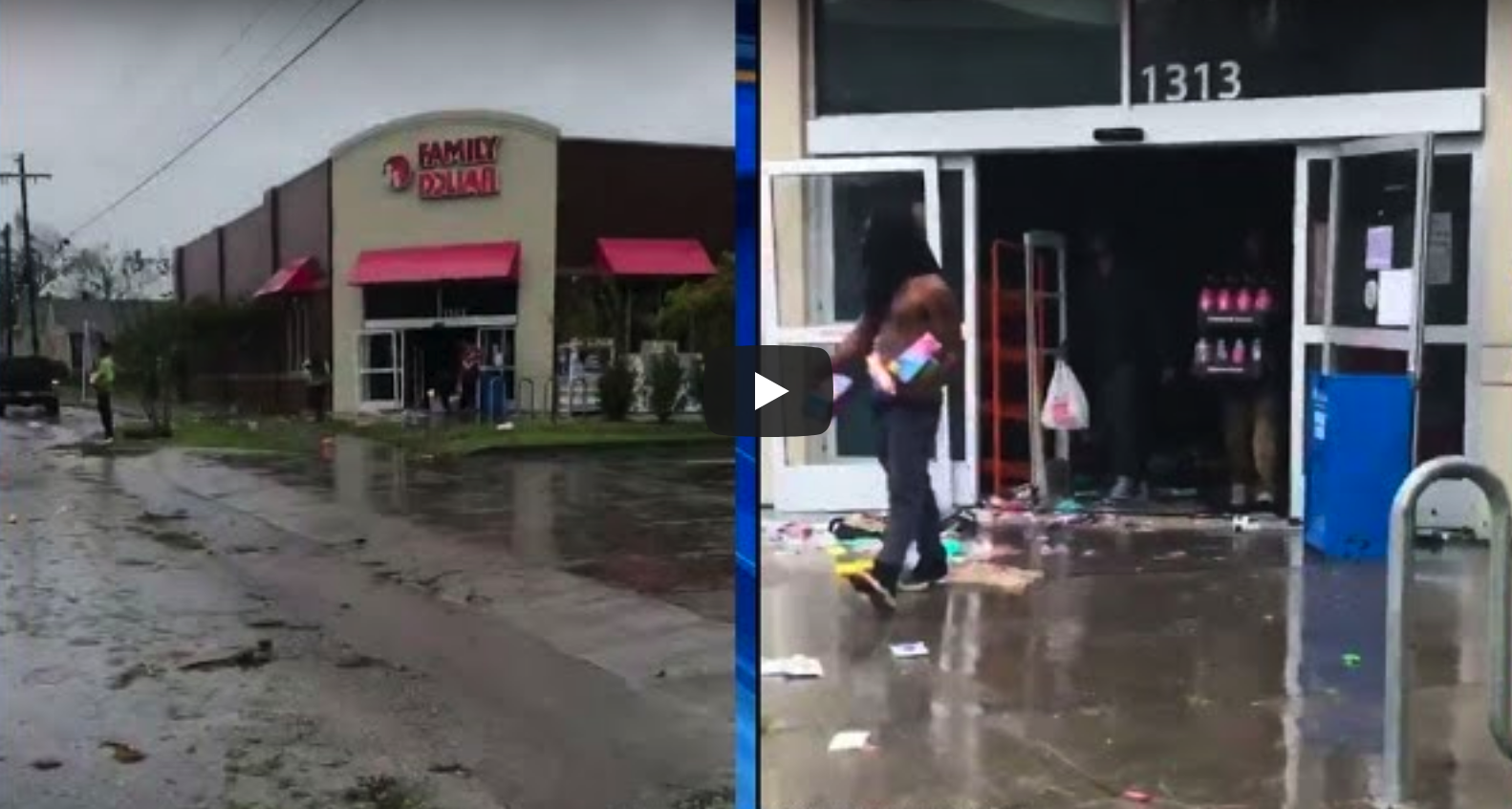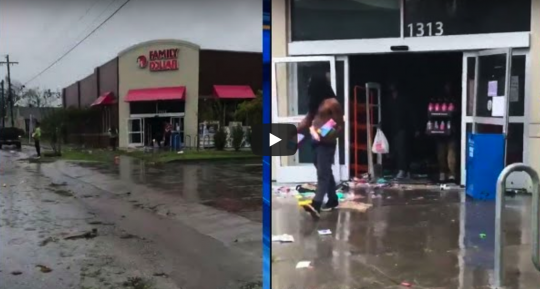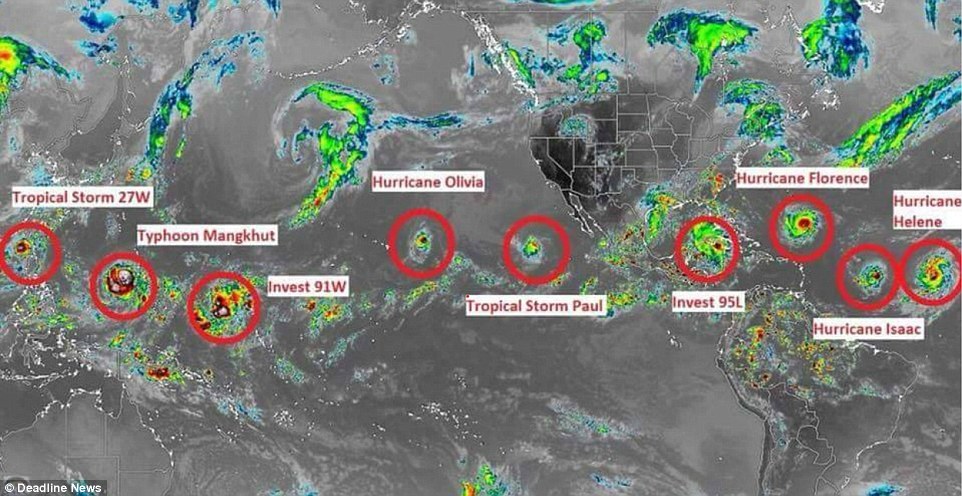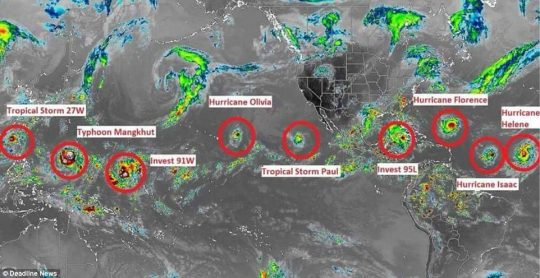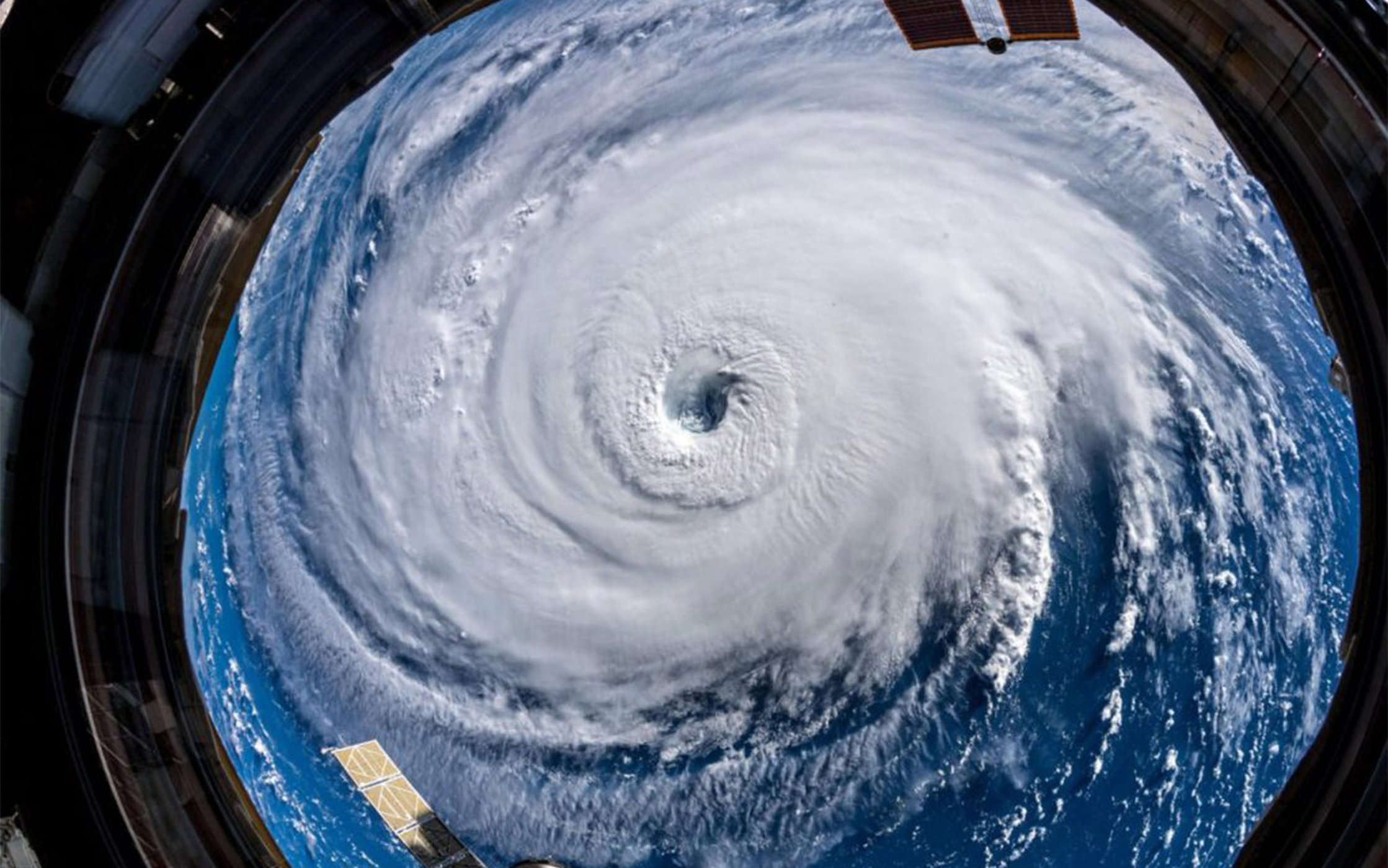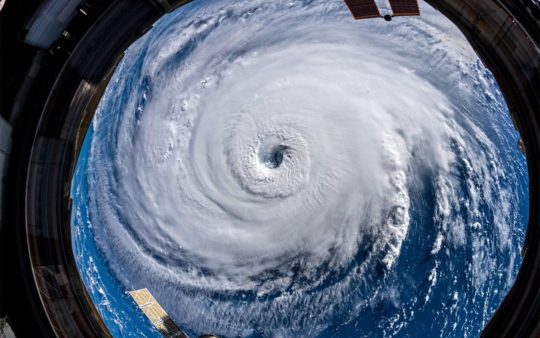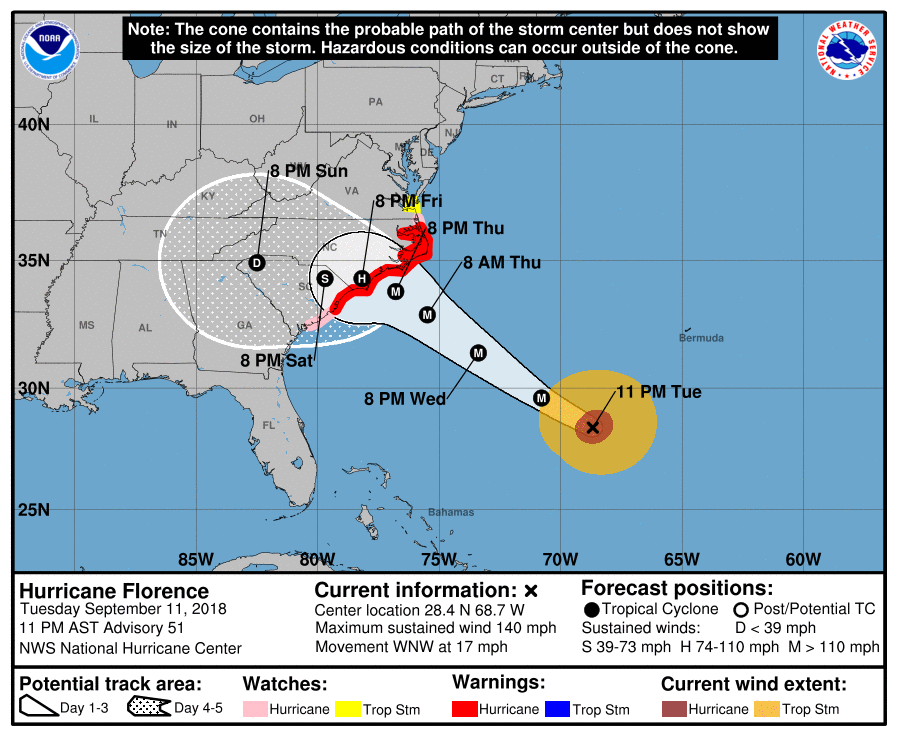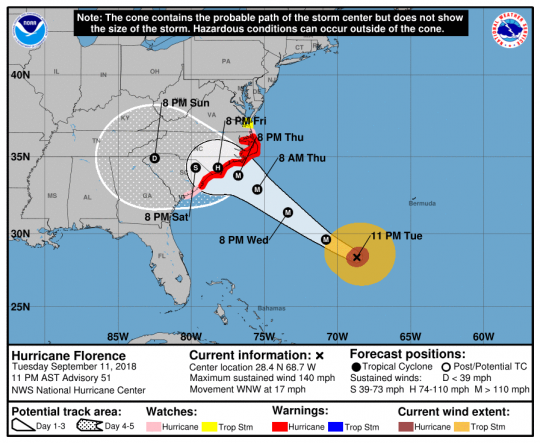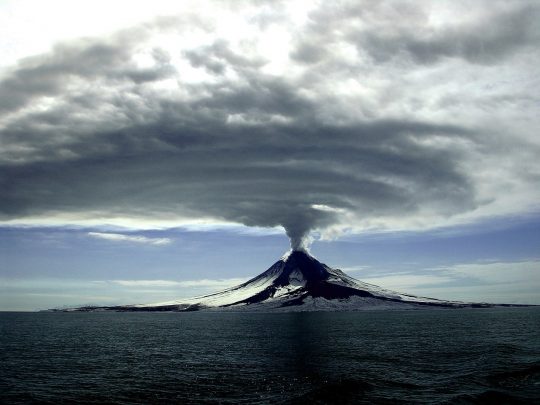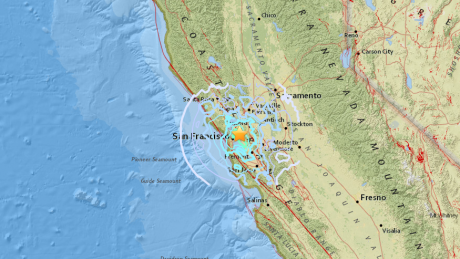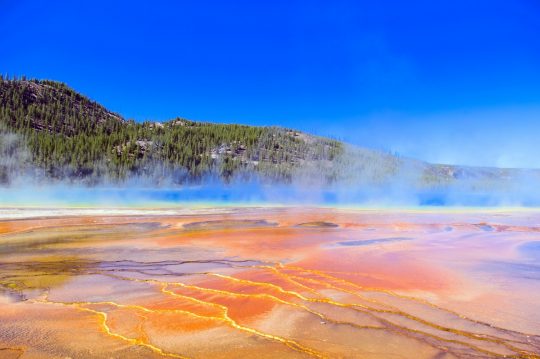 Could it be possible that a full-blown eruption of the Yellowstone supervolcano is not too far away? All over the world seismic activity has been increasing in recent years, and this process seems to have accelerated during the early days of 2019. In particular, quite a few once dormant volcanoes are springing to life again, and this has many concerned about what could potentially happen at Yellowstone. Of course Yellowstone has never been “dormant”, but there have been new signs of life over the past six months. Entirely new geysers have sprung out of the ground, Steamboat Geyser has been the most active that it has been in decades, and some geysers have even been shooting “debris and rocks” into the sky. And now we are being told that “a 465-mile-long piece of molten rock” is “rising” directly under Yellowstone…
Could it be possible that a full-blown eruption of the Yellowstone supervolcano is not too far away? All over the world seismic activity has been increasing in recent years, and this process seems to have accelerated during the early days of 2019. In particular, quite a few once dormant volcanoes are springing to life again, and this has many concerned about what could potentially happen at Yellowstone. Of course Yellowstone has never been “dormant”, but there have been new signs of life over the past six months. Entirely new geysers have sprung out of the ground, Steamboat Geyser has been the most active that it has been in decades, and some geysers have even been shooting “debris and rocks” into the sky. And now we are being told that “a 465-mile-long piece of molten rock” is “rising” directly under Yellowstone…
SCIENTISTS are closely monitoring a 465-mile-long piece of molten rock rising below the Yellowstone caldera, a bombshell documentary has revealed.
The supervolcano, located in Yellowstone National Park, has erupted three times in history – 2.1 million years ago, 1.2 million years ago and 640,000 years ago. Volcanoes typically blow when molten rock, known as magma, rises to the surface following the Earth’s mantle melting due to tectonic plates shifting. However, geologists have revealed how Yellowstone’s magma chamber, which sits on top of the magma plume, is slowly rising each year.
Hopefully nothing major will happen at Yellowstone for a very long time.
But experts assure us that another full-blown eruption will take place one day, and when it does, it could potentially create a global “volcanic winter” which would make growing crops almost impossible and ultimately cause horrific global famines. The following quote comes from Dr. Christopher Kilburn…
“As a result of which, the amount of sunlight reaching the surface of the earth drops and, as a consequence of that, it will trigger what is called a volcanic winter in that the temperatures never get a chance to recover.
“So you go through winter, the ash veil prevents the sun from warming up the earth seasonally so you just get continued winters which might trigger, ultimately, extensive ice coverage.”
If Yellowstone were to erupt today, none of our lives would ever be the same again from that moment on.
We are talking about a disaster that is on a scale that most of us couldn’t even imagine, and it would instantly render most of the country completely uninhabitable. The following is an extended excerpt from one of my previous articles about Yellowstone…
I would like to try to describe for you what a full-blown eruption of the Yellowstone supervolcano would mean for this country.
Hundreds of cubic miles of ash, rock and lava would be blasted into the atmosphere, and this would likely plunge much of the northern hemisphere into several days of complete darkness. Virtually everything within 100 miles of Yellowstone would be immediately killed, but a much more cruel fate would befall those that live in major cities outside of the immediate blast zone such as Salt Lake City and Denver.
Hot volcanic ash, rock and dust would rain down on those cities literally for weeks. In the end, it would be extremely difficult for anyone living in those communities to survive. In fact, it has been estimated that 90 percent of all people living within 600 miles of Yellowstone would be killed.
Experts project that such an eruption would dump a layer of volcanic ash that is at least 10 feet deep up to 1,000 miles away, and approximately two-thirds of the United States would suddenly become uninhabitable. The volcanic ash would severely contaminate most of our water supplies, and growing food in the middle of the country would become next to impossible.
In other words, it would be the end of our country as we know it today.
The rest of the planet, and this would especially be true for the northern hemisphere, would experience what is known as a “nuclear winter”. An extreme period of “global cooling” would take place, and temperatures around the world would fall by up to 20 degrees. Crops would fail all over the planet, and severe famine would sweep the globe.
In the end, billions could die.
Scientists are constantly monitoring Yellowstone for potential signs of an eruption, but the truth is that a major disaster of this magnitude would probably come with little or no warning.
It is undeniable that in recent months there have been signs of increased activity at Yellowstone. That doesn’t mean that an eruption is imminent, but without a doubt it should be a cause for concern.
And this is especially true considering all of the shaking that we are seeing elsewhere around the globe. Just within the past few days we have seen a magnitude 4.1 earthquake hit California and a magnitude 5.1 earthquake near Anchorage, Alaska. The latter one definitely shook a lot of people up…
Residents took to earthquake monitoring site EMSC to share their experiences. One said: “Long and big. Significant anxiety spike!
Another added: “That was scary. Hard quake.”
We are not even to the middle of January, and there have already been more than 100 significant earthquakes in Alaska so far this year.
That is not normal.
Our planet appears to be going through some major changes, and many believe that all of this seismic activity is an indication that things are about to become quite apocalyptic. I am personally of the opinion that we are going to continue to see a rise in the number of earthquakes and that we are going to continue to see a rise in the number of volcanic eruptions.
As I have said before, the shell of our planet is cracked, and we are just floating on the pieces. Now those pieces appear to be getting increasingly unstable, and that is going to affect us in ways that most people cannot even imagine right now.
 About the author: Michael Snyder is a nationally-syndicated writer, media personality and political activist. He is the author of four books including Get Prepared Now, The Beginning Of The End and Living A Life That Really Matters. His articles are originally published on The Economic Collapse Blog, End Of The American Dream and The Most Important News. From there, his articles are republished on dozens of other prominent websites. If you would like to republish his articles, please feel free to do so. The more people that see this information the better, and we need to wake more people up while there is still time.
About the author: Michael Snyder is a nationally-syndicated writer, media personality and political activist. He is the author of four books including Get Prepared Now, The Beginning Of The End and Living A Life That Really Matters. His articles are originally published on The Economic Collapse Blog, End Of The American Dream and The Most Important News. From there, his articles are republished on dozens of other prominent websites. If you would like to republish his articles, please feel free to do so. The more people that see this information the better, and we need to wake more people up while there is still time.
